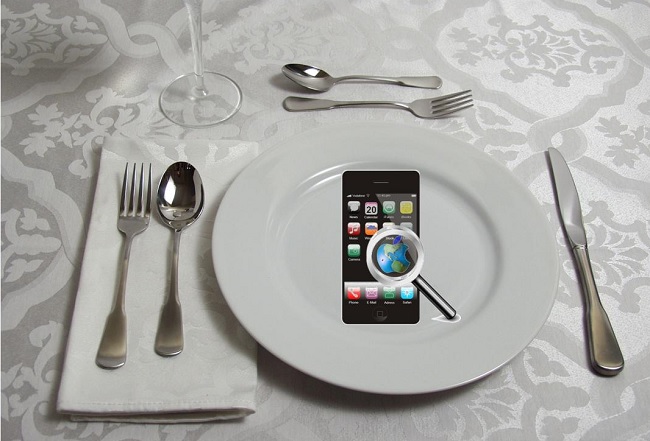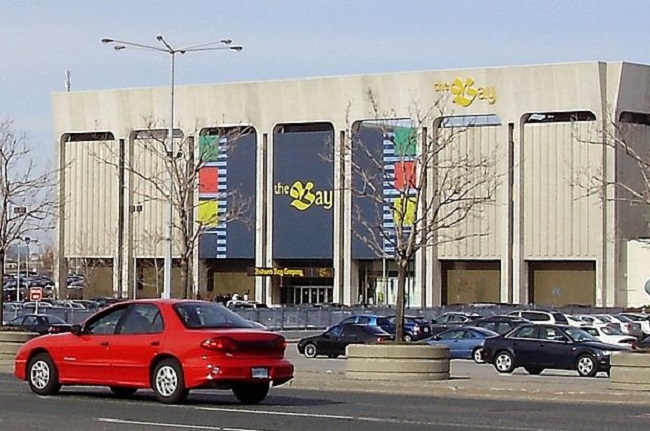The iBeacon from Apple will be used to help to provide regular customers the experience they want.
In Germany, the managers of upscale restaurants take great pride in their ability to recall the names of the majority of their regular customers and to be able to remember each of their preferences in terms of seating, drinks, and meals, and now geolocation technology will be used to help to give them a bit of an edge.
This location based tech will remind them of the diner’s favorite table, the dishes they order most, and more.
The Mook Group, which owns five high end restaurants is now testing the geolocation technology from Apple called iBeacon. The owner of the company, Christian Mook, will be using this technology to track the customers who enter one of his restaurants. Should this prove to be effective, he intends to roll it out into the remaining four locations, as well.
The geolocation technology will only work with the customers who have downloaded the app.
 The app uses location based tech in order to detect when the guest has entered the restaurant and tracks how much time that individual actually spends within the restaurant. It also uses a type of ranking system that will reward that individual for his or her loyalty. According to Mook, he is hopeful that it will also be able to track additional information, in the future, such as indoor location, the items that are ordered, and the amount that is being paid by any given customer.
The app uses location based tech in order to detect when the guest has entered the restaurant and tracks how much time that individual actually spends within the restaurant. It also uses a type of ranking system that will reward that individual for his or her loyalty. According to Mook, he is hopeful that it will also be able to track additional information, in the future, such as indoor location, the items that are ordered, and the amount that is being paid by any given customer.
This entire effort is being made for the purpose of being able to provide additional services to regular customers, and to improve those that already exist.
The iBeacon element of the app functions through beacon pods that are installed throughout the restaurant location. This uses low energy Bluetooth technology to identify when a customer has entered the restaurant, and then it tracks that individual’s location to within an accuracy of five to ten inches. The app merely needs to be downloaded and installed in order to work with the geolocation technology of the iBeacon pods. It does not have to be opened and activated.
The iconic Canadian department store retailer is testing out a new way to reach its customers via smartphone.
Hudson’s Bay Company is now testing out a new mobile marketing program that is designed to give shoppers who are in the retail store locations to be able to receive messages in real time in order to enhance their overall shopping experience.
The retailer has announced that it is working with Swirl in implementing the technology for this program.
The company will be using geolocation technology at its five largest By and Lord & Taylor store locations in the United States and Canada in order to use this new mobile marketing program. This location based advertising technique will send consumers smartphone alerts when they walk into the participating stores. The use of this tech is a tremendous leap forward for Hudson’s Bay, which has had a noticeably lacking strategy in terms of general e-commerce.
Swirl uses beacons for its mobile marketing technology, to transmit popup messages via smartphones.
The beacons communicate with the smartphones by way of Bluetooth, detecting that the phone has entered into a certain location and then sending out the appropriate location based marketing message or alert.
For instance, a customer in the store who was close to the display for purses may receive a message to inform them about the Michael Kors products that have just been added to the shelves. At the brand’s flagship store in Toronto, Canada, the entire home wares floor has been completely remodeled and shoppers entering the building are encouraged to check it out.
Beacons may also be able to identify people who have never entered the store, offering them a complementary cup of coffee to enhance their overall experience and encourage them to return for another visit.
According to the executive vice president and chief marketing officer for Hudson’s Bay Company, who spoke about this geolocation technology based mobile marketing pilot, “The amount of mobile usage that our customers are engaging in has grown dramatically.” He also added that “As a retailer, if you’re not thinking about the impacts of mobile on your retail marketing, you’re really missing the boat. We saw this trend, we’ve watched the data, and we’ve been looking for ways that we can enhance the store experience through mobile.”
 The app uses location based tech in order to detect when the guest has entered the restaurant and tracks how much time that individual actually spends within the restaurant. It also uses a type of ranking system that will reward that individual for his or her loyalty. According to Mook, he is hopeful that it will also be able to track additional information, in the future, such as indoor location, the items that are ordered, and the amount that is being paid by any given customer.
The app uses location based tech in order to detect when the guest has entered the restaurant and tracks how much time that individual actually spends within the restaurant. It also uses a type of ranking system that will reward that individual for his or her loyalty. According to Mook, he is hopeful that it will also be able to track additional information, in the future, such as indoor location, the items that are ordered, and the amount that is being paid by any given customer.

